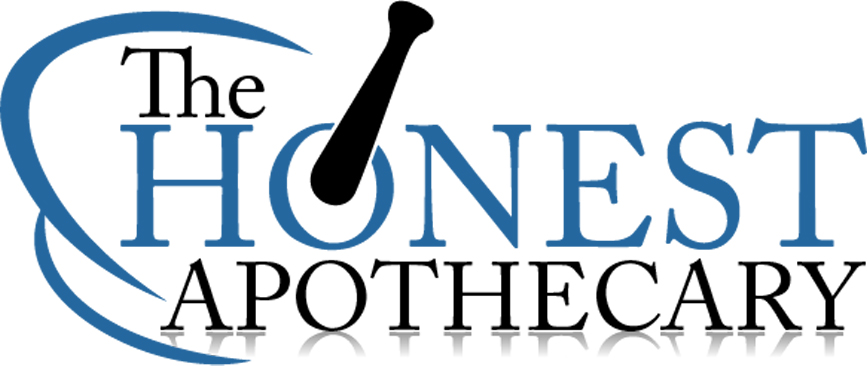[dropcap]A[/dropcap]lright retail pharmacy newbies, have a seat. And anyone else who has wandered into Community Pharmacy 101 – welcome to my classroom here at The Honest Apothecary. Today’s lesson is entitled “NCPDP Codes – A Primer.” I’m going to introduce you to something they probably never mentioned in pharmacy technician school or even pharmacy school for that matter.
NCPDP stands for National Council for Prescription Drug Programs. The organization has a much greater and broader responsibility than what we are going to talk about today. Our focus will be on the practical aspect of these codes in the daily work of a retail pharmacy.
If you have been in a retail pharmacy for anything more than 5 minutes you have likely seen the pharmacist or pharmacy technician utilizing NCPDP codes to get a pharmacy claim to successfully bill through to an insurance company. You might have wondered what in the world they were doing as they opened a separate screen within the software to plug in the cryptic numbers or letters. What’s going on? I’ll explain.
To understand NCPDP codes the first thing you have to understand is that, unlike almost any other healthcare business, pharmacies immediately adjudicate claims for medication to insurance plans and get instant notification of the exact costs and coverage criteria. You never leave a pharmacy and get a letter two weeks later stating “I’m sorry Mr. Smith – but your services at XYZ pharmacy were not covered – you will have to pay.” No. Pharmacies must immediately notify the patient of the exact coverage situation and must receive payment for the medication at the time of dispensing.
Most of the time the prescription processes through successfully without any intervention. A copay is printed on a leaflet. Life is good. But sometimes the insurance company will REJCT the prescription claim for one or more reasons. The nerve! Why would they do such a thing? Well, such reasons include, but are not limited to:
- Maximum quantity exceeded
- Maximum day’s supply exceeded
- Prescriber not covered or recognized
- Drug not covered
- Patient not covered
- An alternate insurance must be billed first
- A potential drug interaction is perceived
- A potential duplication in therapy is perceived
- Overuse precaution (i.e. it is being refilled too soon)
- A Prior Authorization is required
- The same drug (or similar drug) was filled at another pharmacy
These rejections originate with the insurance company and are communicated back to the pharmacy software system utilizing (usually) standards developed by NCPDP. This means that although there are thousands of insurance plans and hundreds of various prescription filling software vendors, the basic nature of the rejections are fairly standardized.
The pharmacy can then, sometimes, utilize standard NCPDP codes to communicate clarifying information back to the insurance company to help get a claim to process under certain circumstances.
For example, maybe the insurance rejects the prescription claim because of a perceived duplication in therapy. Ms. Smith got a 10-day Vicodin prescription two days ago at your pharmacy and has shown up with a Percocet prescription today (does that ever happen? Oh yeah). The insurance company may reject the claim (as they probably should). But if, upon talking to the patient and prescriber the pharmacist determines the prescription is appropriate (an allergy to hydrocodone was discovered for example) the pharmacist could enter the appropriate codes to acknowledge the potential DUR (drug utilization review) event, but indicate that upon review the claim is actually okay.
In this case the pharmacist might enter a “TD” (therapy duplication) in the appropriate field, followed by (maybe) an M0 (consulted with prescriber) and 1B (filled prescription as-is).
That is just an example of how NCPDP codes might be used to resolve a rejected claim. Of course, not all rejections can be “resolved” in a similar manner. A rejection due to “coverage terminated” or “prior authorization required” is going to take a different approach. But sometimes a pharmacist-reviewed NCPDP code is all that is needed.
Other types of rejections that might be corrected with appropriate NCPDP codes by a pharmacist (or sometimes a technician) include potential drug interactions, high dosage alerts, patient residence status, early refill alerts, unidentified DEA numbers and split billing information just to name a few.
Now – where exactly you need to go in YOUR software system to enter these codes is a matter to take up with your trainer. The screen at Walgreens will look different than the one at CVS or Rite Aid or Medicine Shoppe. In fact, some software systems I have seen rarely require the pharmacist to actually enter NCPDP codes as they have developed much simpler front-end input screens. But if you do, rest assured that the basic structure of WHAT type of rejections you receive and how to resolve them (when possible) is made consistent due to NCPDP.
©Jason Poquette and The Honest Apothecary. Unauthorized use and/or duplication of this material without express and written permission from this blog’s author and/or owner is strictly prohibited. Excerpts, quotes and links may be used, provided that full and clear credit is given to Jason Poquette and The Honest Apothecary with appropriate and specific links to the original content.
NCPDP codes Pharmacy Pharmacy school prescription rejections
Last modified: July 26, 2015
















